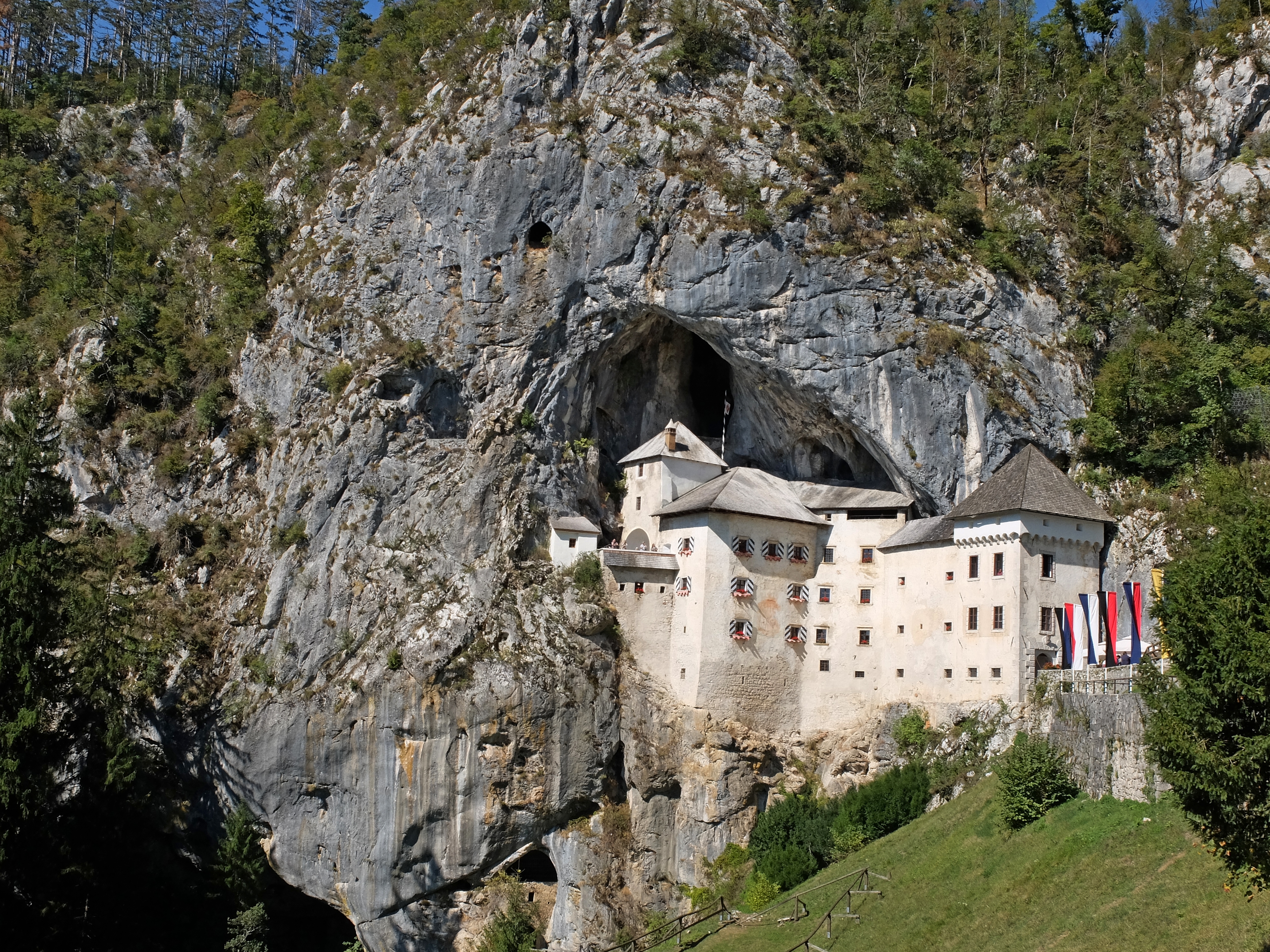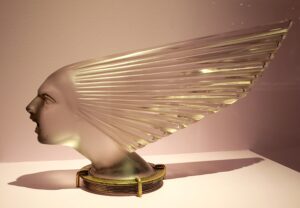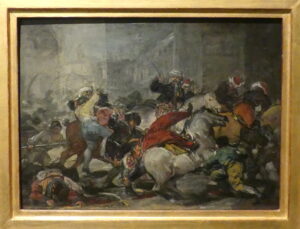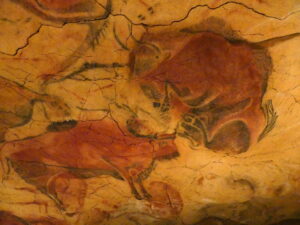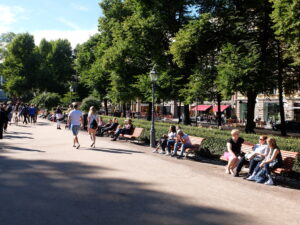During our first five days in Slovenia, we time traveled through 50 Million years – from the karst caves still being shaped by their rivers, to a Neanderthal era musical instrument, to the remains of a female Roman doctor, to a storied and unassailable medieval castle built within a cave. We barely had time for some contemporary fun.
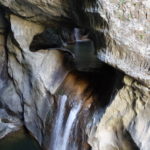
- 50 million years ago: Skocjan Caves – Limestone karst forms in this area and is hollowed out by the Reka River to make the largest underground canyon in the world, and one of the longest underground wetlands in Europe. Known since the Iron Age in 2nd century BC, this UNESCO World Heritage site offers a much more intimate experience than the wildly popular Postojna Cave nearby.’

- Several 100,000 years ago: Postojna Cave – these columns start to grow from dripping calcium carbonate at about .1mm per year, and since then created a dazzling display of forms and colors for contemporary visitors.’
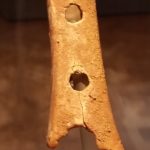
- Around 50,000 years ago: Neanderthal flute – Though disputed by some, this was formed by a Neanderthal from the femur of a cave bear, a unique find from Slovenia that proposed insights into the mental and musical capabilities of those people.’
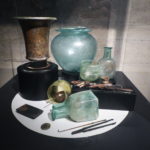
- 2000 years ago: Contents of tomb in Ljubljana (Roman Emona) – Excavated by archeologists during recent street renovations, these are the contents of a tomb from a Roman cemetery, whose other tombs were mostly destroyed during renovations of previous centuries. This tomb included medical instruments that accompanied the remains of a woman presumed to be a physician.’
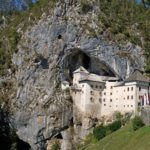
- 200 to 700 years ago: Predjama Castle – An unassailable castle started in the 13th century by the Aquileian nobles and Knights of Adelsberg, it housed other nobles for over 500 years. In the 15th century, Erazem, the Slovenian Robin Hood who protested Habsburg rule, holed up here until he was betrayed by a servant and blown away while sitting on the toilet that hangs off the structure’s side.’
-
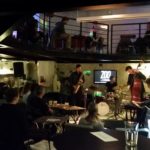
Jazz at the Zoo Bar Last few decades: Zoo Bar – Ljubljana is a university town as well as an attractive tourist destination. The city offers lots to appeal to its students, including cozy cafes and bars, vegetarian and international restaurants. Many of these are tucked away down small streets and alleyways of commercial buildings. The Zoo Bar is one. Its outdoor area is split in two by a driveway, and it houses an indoor mini-arena which forms a delightful showcase for bands. We spent a fun few hours with a local quartet – and about a hundred students – listening to some fine playing of jazz standards.
(Also, for more pictures from Slovenia and the former Yugoslavian countries, CLICK HERE to view the slideshow at the end of the itinerary pages.)


